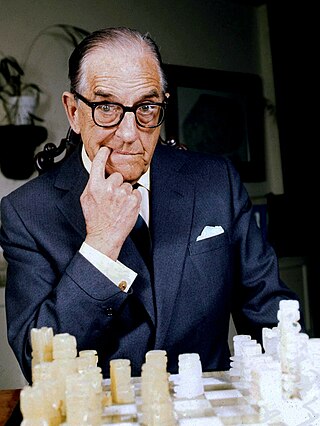
Stanley Augustus Holloway was an English actor, comedian, singer and monologist. He was famous for his comic and character roles on stage and screen, especially that of Alfred P. Doolittle in My Fair Lady. He was also renowned for his comic monologues and songs, which he performed and recorded throughout most of his 70-year career.

Samuel Atkinson Waterston is an American actor. Waterston is known for his work in theater, television, and film. He has received numerous accolades including a Primetime Emmy Award, Golden Globe Award, and Screen Actors Guild Award as well as nominations for an Academy Award, a Tony Award, and a BAFTA Award. His acting career has spanned over five decades acting on stage and screen. Waterston received a star on the Hollywood Walk of Fame in 2010 and was inducted into the American Theater Hall of Fame in 2012.
The year 1972 in film involved several significant events.
The year 1962 in film involved some very significant events, with Lawrence of Arabia winning seven Academy Awards including Best Picture and Best Director.

Law & Order is an American police procedural and legal drama television series created by Dick Wolf and produced by Wolf Entertainment and Universal Television, launching the Law & Order franchise.
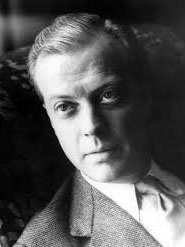
Eric Clifford Ambler OBE was an English author of thrillers, in particular spy novels, who introduced a new realism to the genre. Also working as a screenwriter, Ambler used the pseudonym Eliot Reed for books co-written with Charles Rodda.
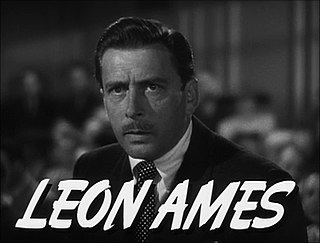
Leon Ames was an American film and television actor. He is best remembered for playing father figures in such films as Meet Me in St. Louis (1944) with Lucille Bremer, Margaret O'Brien and Judy Garland as his daughters, Little Women (1949), On Moonlight Bay (1951) and By the Light of the Silvery Moon (1953). His best-known dramatic role may have been as District Attorney Kyle Sackett in the crime film The Postman Always Rings Twice (1946).

Joseph Wiseman was a Canadian-American theatre, film, and television actor who starred as the villain Julius No in the first James Bond film, Dr. No, in 1962. Wiseman was also known for his role as Manny Weisbord on the TV series Crime Story and his career on Broadway. He was once called "the spookiest actor in the American theatre".
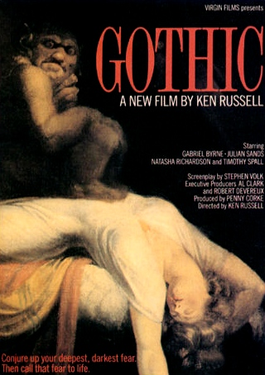
Gothic is a 1986 British psychological horror film directed by Ken Russell, starring Gabriel Byrne as Lord Byron, Julian Sands as Percy Bysshe Shelley, Natasha Richardson as Mary Shelley, Myriam Cyr as Claire Clairmont and Timothy Spall as Dr. John William Polidori. It features a soundtrack by Thomas Dolby, and marks Richardson's and Cyr's film debut.
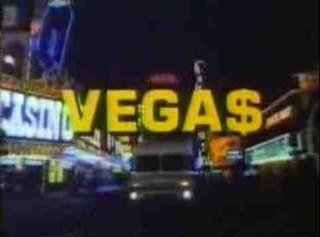
Vegas is an American crime drama television series starring Robert Urich that aired on ABC from September 20, 1978, to June 3, 1981, with the pilot episode airing April 25, 1978. Vegas was produced by Aaron Spelling and was created by Michael Mann. The series was filmed in its entirety on location in Las Vegas, Nevada.

Yvette Carmen Mimieux was an American film and television actress who was a major star of the 1960s and 1970s. Her breakout role was in The Time Machine (1960). She was nominated for three Golden Globe Awards during her acting career.

John Mervyn Addison was a British composer best known for his film scores.

Dana James Hutton, known as Jim Hutton, was an American actor in film and television best remembered for his role as Ellery Queen in the 1970s TV series of the same name, and his screen partnership with Paula Prentiss in four films, starting with Where the Boys Are. He is the father of actor Timothy Hutton.

Journey into Fear is a 1940 spy thriller novel by Eric Ambler. Film adaptations were released in 1943 and 1975.

Skyjacked is a 1972 American disaster film starring Charlton Heston and Yvette Mimieux. Directed by John Guillermin, the film is based on the David Harper novel Hijacked. James Brolin lead an ensemble cast primarily playing the roles of passengers and crew aboard an airliner.
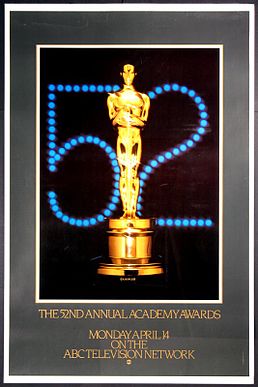
The 52nd Academy Awards ceremony, organized by the Academy of Motion Picture Arts and Sciences (AMPAS), honored films released in 1979 and took place on April 14, 1980, at the Dorothy Chandler Pavilion in Los Angeles beginning at 6:00 p.m. PST / 9:00 p.m. EST. During the ceremony, AMPAS presented Academy Awards in 22 categories. The ceremony, televised in the United States by ABC, was produced by Howard W. Koch and directed by Marty Pasetta. Comedian and talk show host Johnny Carson hosted the show for the second consecutive year. Three days earlier, in a ceremony held at The Beverly Hilton in Beverly Hills, California, on April 11, the Academy Scientific and Technical Awards were presented by hosts Cloris Leachman and William Shatner.

Fiddler on the Roof is a 1971 American period musical film produced and directed by Norman Jewison from a screenplay written by Joseph Stein, based on the 1964 stage musical of the same name by Stein, Jerry Bock, and Sheldon Harnick. Set in early 20th-century Imperial Russia, the film centers on Tevye, played by Topol, a poor Jewish milkman who is faced with the challenge of marrying off his five daughters amidst the growing tension in his shtetl. The cast also features Norma Crane, Leonard Frey, Molly Picon, Paul Mann, Rosalind Harris, Michèle Marsh, Neva Small and Paul Michael Glaser. The musical score, composed by Bock with lyrics by Harnick, was adapted and conducted by John Williams.
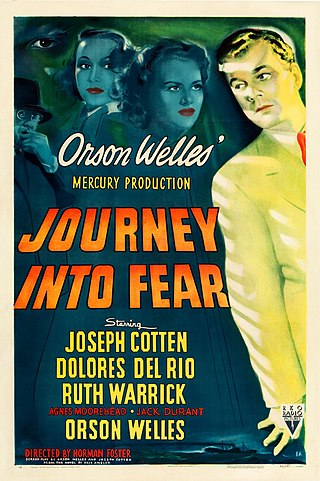
Journey into Fear is a 1943 American spy film noir directed by Norman Foster, based on the 1940 Eric Ambler novel of the same name. The film broadly follows the plot of the book, but the protagonist was changed to an American engineer, and the destination of his journey changed from France to the Soviet Union - reflecting the changes in the war situation since the original Ambler book was written. The RKO Pictures release stars Joseph Cotten, who also wrote the screenplay with Orson Welles. The Mercury Production was also produced by Welles, again uncredited.

Dr. Kildare is an NBC medical drama television series which originally ran from September 28, 1961, until August 30, 1966, for a total of 191 episodes over five seasons. Produced by MGM Television, it was based on fictional doctor characters originally created by author Max Brand in the 1930s and previously used by MGM in a popular film series and radio drama. The TV series quickly achieved success and made a star of Richard Chamberlain, who played the title role. Dr. Kildare inspired or influenced many later TV shows dealing with the medical field. Dr. Kildare aired on NBC affiliate stations on Thursday nights at 8:30–9:30 p.m. until September 1965, when the timeslot was changed to Monday and Tuesday nights at 8:30–9:00 p.m. through the end of the show's run.
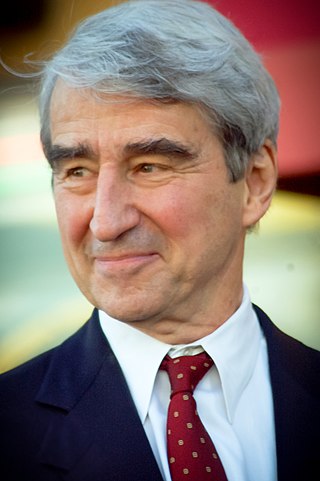
Sam Waterston is an American actor and producer best known for his portrayal of district attorney Jack McCoy in the long-running police procedural and legal drama television show Law & Order.


















